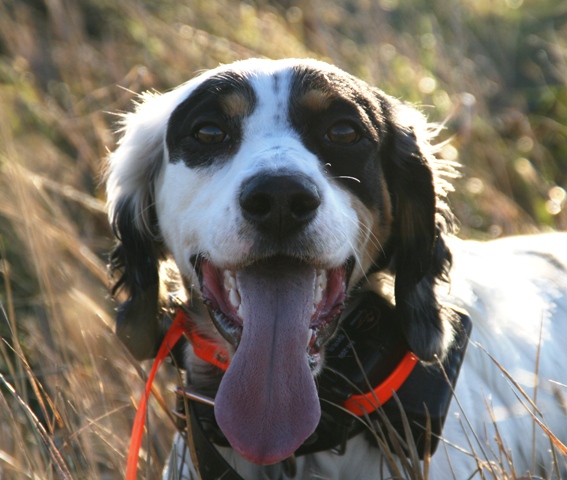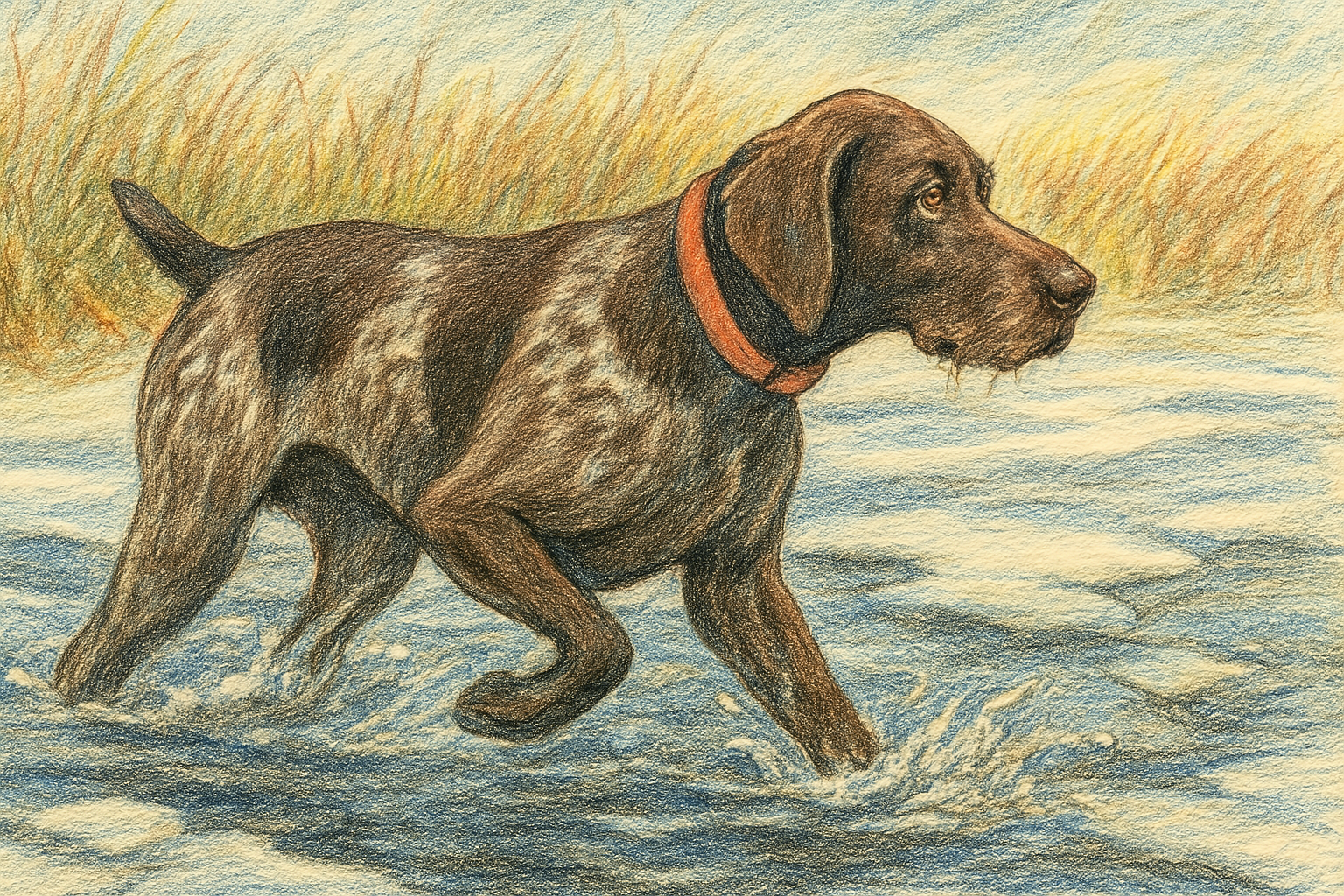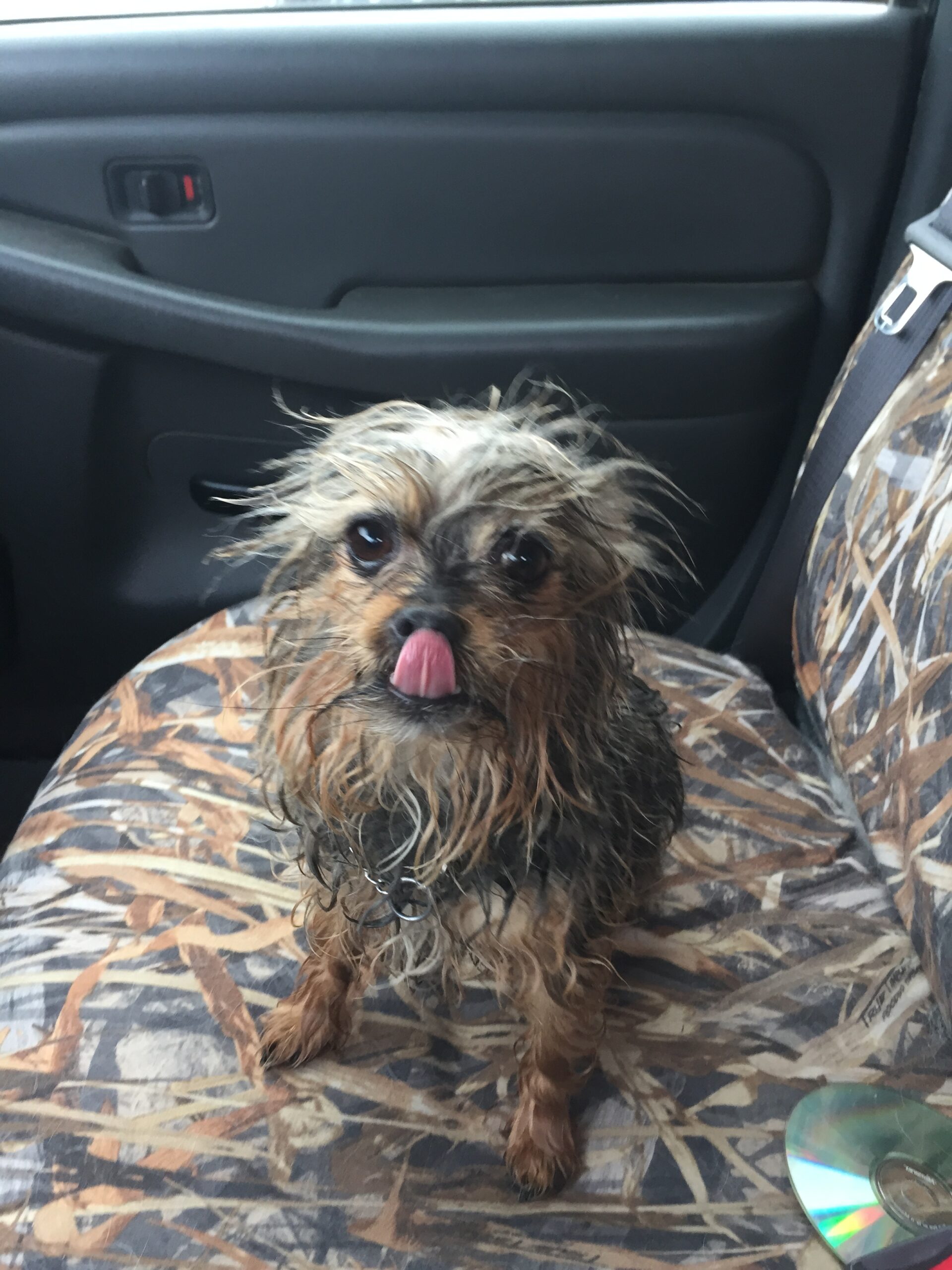In a previous video we discussed the signs of impending heat stroke or heat-related injuries in dogs. If you haven’t watched that video yet, I urge you to do so. As with most things, preventing an issue is always the safest route. Trust me, once you’ve experienced a dog going through an episode of heat-related illness, you’ll do all you can to avoid ever seeing it again.
In this post, we’ll discuss methods for cooling a dog if they cross the line and end up experiencing heat stroke. There’s a lot of confusion on social media, even from well-intentioned folks in both veterinary and non-veterinary circles, about what you can and should use to cool a dog down.
The most important point is that you have to get these dogs cooled down quickly. There’s a myth about cooling a dog too fast and inducing shock or Systemic Inflammatory Response Syndrome (SIRS). This has never been shown to be true. Rapid cooling is the most effective way to try to save these patients. One key point that often gets missed is monitoring your dog while they are actively being cooled.
Early in my career, I learned this the hard way. A beagle was brought in on an emergency after being trapped under an empty plastic kiddie pool in the owner’s backyard on a 90-degree sunny day. When they walked into the clinic, the dog’s temperature was so high it didn’t register on my thermometer, and the dog’s pupils were fixed. He was barely alive. We immediately started cooling the dog, placed an IV catheter to start supportive care, and somewhere through the process, I thought I better recheck the dog’s temperature. It was now 96 degrees. We had blown right through the normal range of 100-102.5 and created a hypothermic dog, which I needed to then warm back up. Thankfully, the dog did great and went home after a short stay in the hospital. From that day, more than 20 years ago, I don’t even think about cooling a dog without constantly monitoring its temperature. Once we get the dog down to 103 degrees, we quit active cooling but continue active monitoring.
I’ve seen a lot of videos and posts on social media recommending rubbing alcohol to cool overheated dogs. Over the last 25 years of cooling dogs in the field and clinic, I’ve never reached for rubbing alcohol. It doesn’t mean it can’t be used, but I don’t think it’s the best choice, especially in a field environment. In the clinic, I’ve seen it used on the foot pads and the abdomen – the hairless areas of the dog.
Rubbing alcohol works by evaporative cooling. When we pour it on our skin, we get that immediate cooling sensation. Dogs are different due to their coat. While the principle works, getting the alcohol to contact a large area of skin requires effort to work it through the coat, and it takes a large volume of alcohol to get the job done. I don’t see most people carrying several bottles of alcohol in the field.
What I always have in the truck is water, and during hunting season, I also have a cooler with ice or ice packs. I’ll soak a dog down and ensure the water is getting against the skin to cool the dog. If I have ice, I use it strategically, placing it in the armpits, groin, and against the jugular veins along the neck. Essentially, I’m trying to cool volumes of blood as it flows over the ice packs.
In the clinic, I’ve also created ice water baths to cool a dog down, though that’s harder to rig up in the field.
Another key component to the cooling process is evaporation and airflow. Once I have the dog thoroughly soaked, and if they’re in trouble, I put them in the truck with the A/C on high and as many vents blowing across them as possible. With a dog that’s just warm but not in the heat stroke category, I may use a kennel fan to aid in airflow. One important point is not to soak a hot dog and then put them in a crate with no airflow. This can create a sauna effect and make the situation worse. Get a hot dog wet with cold or at least cool water, add ice if you have it, and get air flowing across them as fast as possible.
Using standing water to cool a dog is an option if the water is cool, with a couple of caveats. Don’t just turn the dog loose to swim. Wade out with the dog, holding onto its collar or with a lead. A dog with heat issues also has mental effects and isn’t totally with it. If you take that dog, already in trouble, and let it swim, it can generate more heat, and you can end up with a heat stroke dog that drowns.
One major issue with standing water is when a dog is worked in shallow or splash water. In the middle of summer, with hot sunny days, that water can heat up significantly, like swimming in a hot tub. I’ll never forget a summer when a professional trainer brought in a dog that died of heat stroke before reaching the clinic. He sat in disbelief, repeating, “he was wet, I thought he would be fine.” It turned out the water was shallow and very hot.
Whether you’re using water and ice from the truck or standing water, monitor the dog during the cooling process and stop cooling when you hit the 103-degree mark.
If your dog was legitimately in trouble, I recommend getting them to a vet after cooling them down. Have blood work performed and a thorough exam to determine if hospitalization is needed.
Remember, time is of the essence when dealing with heat stroke. Cool them down ASAP and then deal with the aftermath. Throwing them in the truck to get them to someone else to cool down can be a death sentence. The issue with heat stroke is that the dog cannot dissipate the heat, and each minute we aren’t cooling the dog, its body is getting hotter, and tissues are cooking.
While we should all aim to prevent heat-related illness, if you run dogs long enough, this will happen. Knowing how to handle it and cool your dog down can save their life.
For a more complete discussion on heat stroke, check out our Field Emergency and First Aid Course. We have an entire module devoted to temperature extremes.



